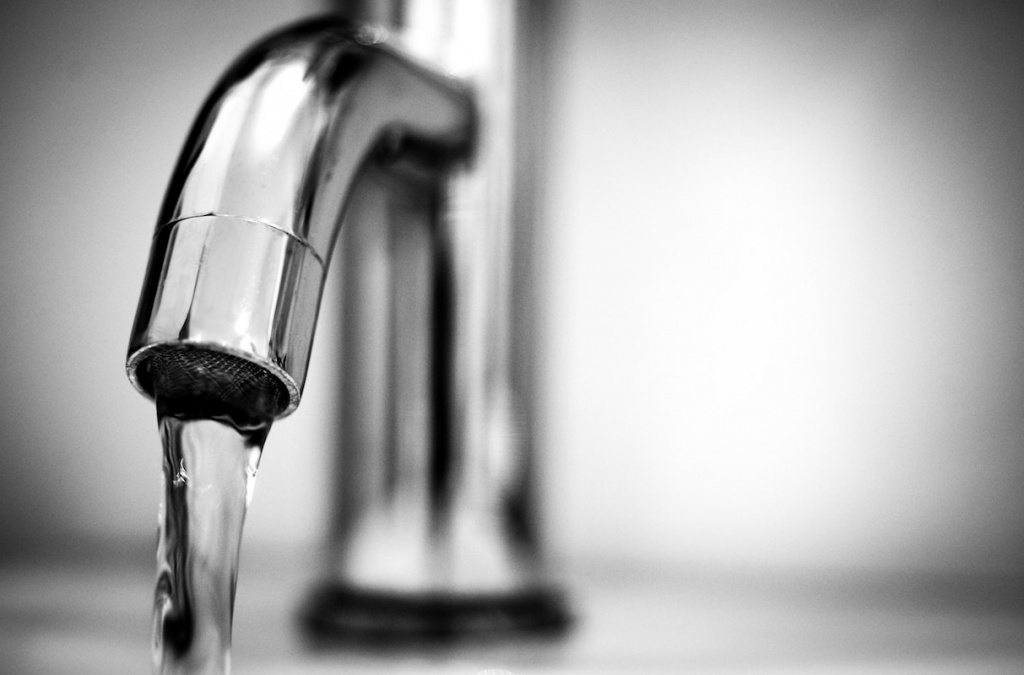Have you ever wondered how your water meter is read? The Water Distribution Division of Public Works would like to share some insight into the Water Meter Program in this update. In the Water Meter Reading Unit, our Meter Reading personnel are primarily responsible for reading approximately 31,274 water meters each month. All meters are read monthly within a 28-31 day schedule.
To read the meters, our City personnel use a meter reading truck outfitted with the appropriate meter reading technology! You may even see the City’s meter reading truck in your neighborhood from time to time. Inside the vehicle is an automated meter reading system that uses radio frequency to collect consumption data from the water meters, as the trucks travel through each neighborhood. The vehicle is also equipped with a receiver interfaced directly to a computer that displays consumption details and allows for immediate assessment of incorrect or inaccurate reads.

If you have a meter leak, please be sure to contact us to address it right away! If you have noticed an increase on your water bill, use this link to help track down leaks you may have. For more information on how to read your meter, follow this link.
Detect and Chase Down Leaks
- Check Your Utility Bill – A place to start is to examine your utility bill for January or February. It’s likely that a family of four has a serious leak problem if its winter water use exceeds 12,000 gallons (or 16CCF) per month. You can also look for spikes – is your water use a lot higher this month than it was last month? Learn more about your water bill: http://1.usa.gov/1Qw3Eg9.
- Read Your Water Bill – Find your water meter, which is usually near the curb in front of your home but can be inside your home (e.g., in the basement) in cold climates. Use a screwdriver to remove the lid on your meter, which is heavy and usually marked “water.” Now that you’ve found the meter, take a reading during a period when no water is being used. If the meter does not read exactly the same after two hours, you probably have a leak. Here’s a tip on how to read a water meter: http://bit.ly/1TeYnMu.
- Take a Toilet Test – Put a few drops of food coloring into the tank at the back of your toilet and let it sit for 10 minutes. If the color shows up in the bowl, you have a leak. Make sure to flush afterward to avoid staining, and consider replacing your old toilet flapper if it is torn or worn.








